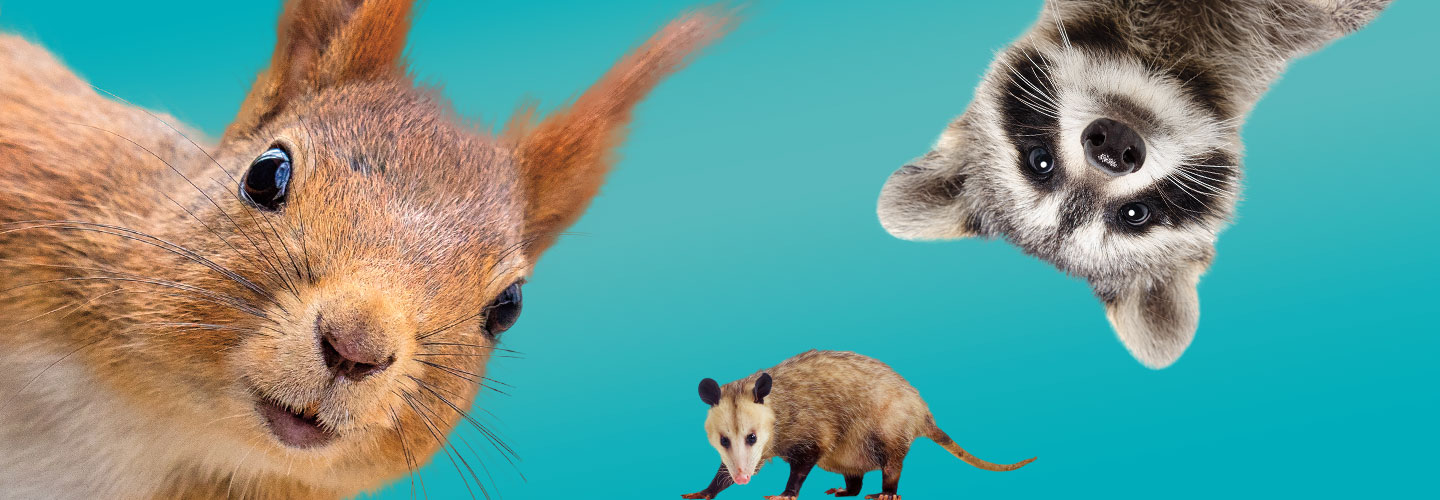With more than 3.5 million followers, Juniper is a big star on TikTok. Photos and videos of the 6-year-old playing with chew toys, rolling around in her owner’s bed, and wearing funny clothing (above) have racked up hundreds of thousands of views.
Juniper, a North American red fox, is one of thousands of pets on social media. Her owner has also rescued a raccoon, an opossum, and sugar gliders.
The furry fox and her animal family are part of a growing social media trend—animal influencers. That’s anyone—including a pet—with a big social media following who is able to influence the way people think. Adorable videos of furry critters like Juniper have encouraged many people to get wild pets of their own.
Experts point out that it’s illegal to own wild animals in many states. Plus, many people don’t realize there is more to caring for these critters than what they see on TikTok. They don’t fully understand the responsibility—or the dangers.
“There are consequences for the animal and for the human,” says Terry Messmer. He’s the director of the Berryman Institute for Human-Wildlife Interactions in Utah.
With more than 3.5 million followers, Juniper is a big star on TikTok. The 6-year-old has gotten thousands of views on her photos and videos. She's seen playing with chew toys and rolling around in her owner’s bed. She also wears funny clothing (above). Juniper is a North American red fox. She is one of thousands of pets on social media. Her owner has also rescued a raccoon, an opossum, and sugar gliders.
The fox and her animal family are part of a growing social media trend—animal influencers. That’s anyone—including a pet—with a big social media following who is able to influence the way people think. Adorable videos of furry critters like Juniper have encouraged many people to get wild pets of their own.
Experts point out that it’s illegal to own wild animals in many states. Plus, many people don’t realize there is more to caring for these critters than what they see on TikTok. They don’t understand the responsibility—or the dangers.
“There are consequences for the animal and for the human,” says Terry Messmer. He’s the director of the Berryman Institute for Human-Wildlife Interactions in Utah.

